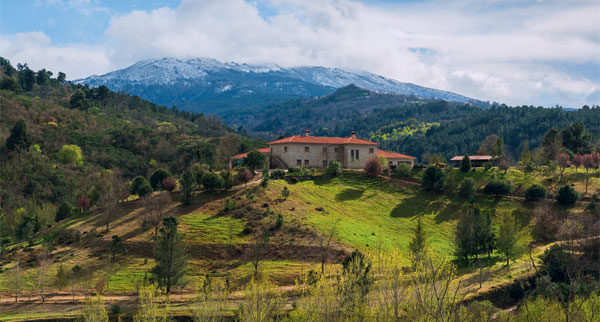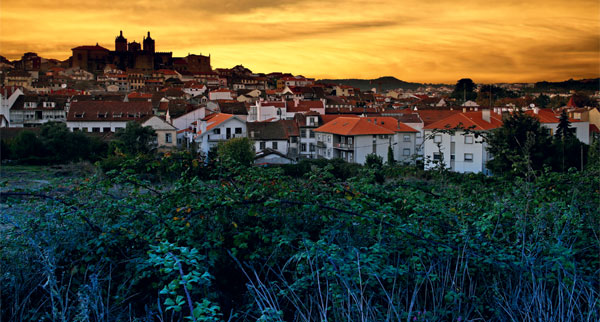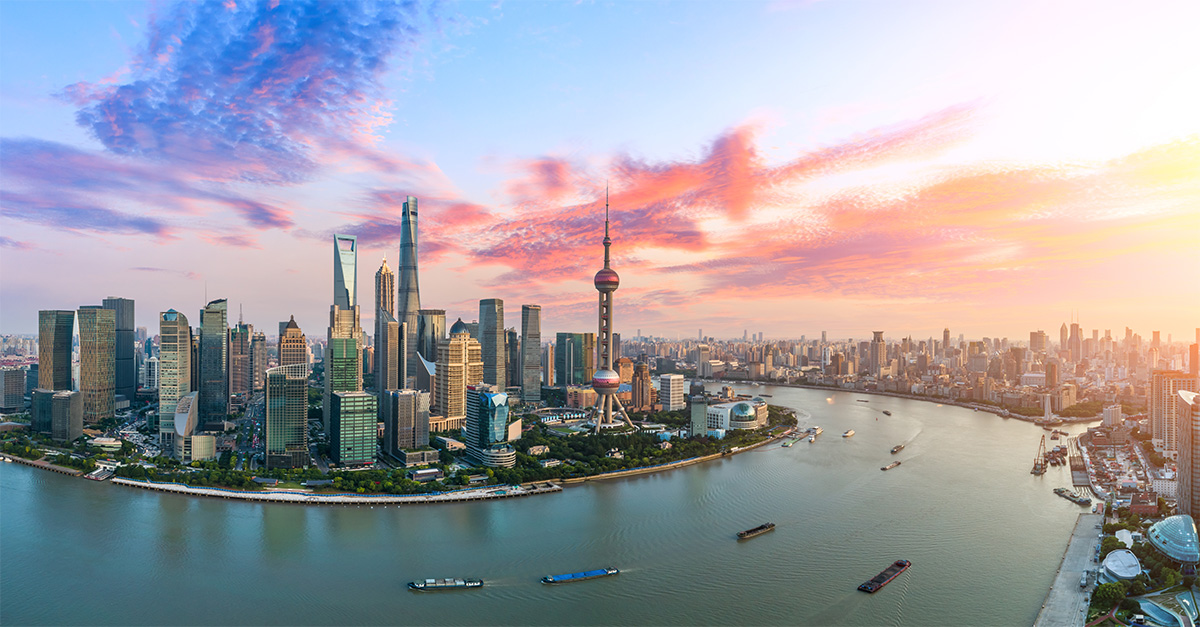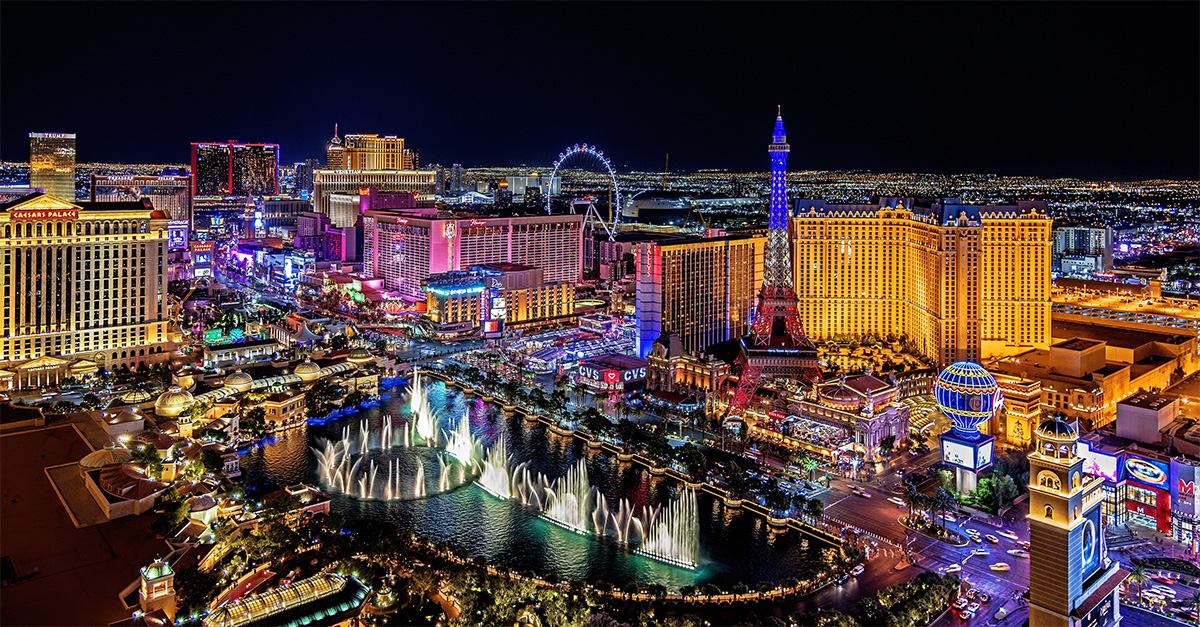Nick Redmayne heads to the heart of Portugal with a guide to the Centro region.
Click here to download and save as a PDF.
South of Porto, north of Lisbon and stretching from the Atlantic coast to the Spanish border, Centro de Portugal is yet to be ‘discovered’ by UK tourists.
That said, Julia Bradbury did her bit to get it on the map last year, purchasing a property in the region’s north for ITV series My £10K Holiday Home. That homes are still inexpensive, even by Portuguese standards, reflects a static local economy.
However, things are changing. Tourism is growing and street-art trails are attracting visitors and bringing new employment. Centro’s vineyards now wow the world with exceptional vintages from Dao and Bairrada, and the region’s chefs serve up some of Portugal’s most exceptional cuisine.
Throughout, the richness of Centro’s landscape has remained unchanged. The Serra da Estrela (‘mountains of stars’) offers hiking among mainland Portugal’s
highest peaks. And there’s always Europe’s best surf, including the record-breaking waves of Nazaré.
Here are a few starting points for any Centro de Portugal tour.

Coimbra
On the banks of the Mondego River, Coimbra is Centro’s largest city. A former capital of Portugal, Coimbra’s past is recorded in a remarkable Roman aqueduct, the 12th-century Monastery of Santa Cruz and the tombs of the first Kings of Portugal, as well as a well-preserved medieval centre.
Elsewhere, Coimbra’s 14th-century Unesco-listed university, the oldest in Portugal, maintains the city as a centre of academic excellence and cultural focus, and the baroque Biblioteca Joanina is just one contribution by Portugal’s dynamic 18th-century moderniser, the Marquis de Pombal.
Towards the river, stroll across the Pedro e Inês footbridge to take in the green space of Parque Verde do Mondego and the extensive Jardim Botânico.
Stay: Near the university, in the Alta Coimbra district, the four-star Sapientia Boutique Hotel combines old and new in 22 ‘rooms’ of loft, apartment and traditional layout. A rooftop terrace offers city views.
Nearby: The ruins of Roman Conimbriga, 10 miles from Coimbra, date from the second century BC. During the reign of emperor Augustus, the town become the provincial capital of Lusitania, and extensive excavations have revealed the usual Roman landmarks of forum, bathhouse and amphitheatre. However, most notable is the wealth of private homes, featuring intricate mosaics and water features.

Covilhã
Gateway to the Serra da Estrela, Covilhã has undergone its own ups and downs in recent years. Until the 1980s, its winding, cobbled streets centred on the wool industry, but a decline in yarn and fabric manufacturing had dramatic effects. Closed factories prompted an exodus of younger people, leaving parts of Covilhã a ghost town.
However, at the instigation of young architect Pedro Seiko Rodrigues, the town began to promote itself as a centre for street art, creating an annual artists’ festival. Now 23 art installations, featuring work by famous artists such as Vhils, form a trail around the city, attracting visitors from Portugal and beyond.
The town’s increased visibility has resulted in an influx of creative start-ups, many occupying former wool factories, bringing new energy and new jobs. At first, traditional, blue ceramic facades juxtaposed with abstract street art are perplexing, but in fact, they’re two chapters of the same story.
Stay:Puralã – Wool Valley Hotel & Spa is a four-star property with 100 rooms just outside the centre of town. The interiors reflect the town’s heritage of wool manufacturing, while showcasing modern design. The restaurant offers classic dishes focusing on local produce, along with seriously cheffy creations.
Nearby: Close to the Spanish frontier, the sweeping glacial valleys and lofty summits of the Serra da Estrela encompass Portugal’s largest national park, its highest mainland mountains and the country’s only ski resort.
The mountain village of Manteigas, about 40 minutes from Covilhã, is the starting point for a couple of straightforward but rewarding circular day hikes. There are 230 miles of trails, but those planning ambitious hikes must be competent map readers.
Aveiro
Close to the Atlantic, Aveiro is known as the Portuguese Venice. Certainly, it has Centro’s most visible tourism industry. The town is characterised by the Ria de Aveiro, its lagoons and canals plied by traditional barcos moliceiros ferrying sightseers. Waterways are lined by fine examples of art nouveau architecture, and former fishery buildings, now home to less-fragrant high-tech businesses.
Towards the sea, salt pans present since Roman times still operate on a modest scale. The town centre Praça do Peixe market is a colourful spectacle, filled early in the day with the first catches. The upstairs restaurant serves the freshest of seafood dishes, with eels a speciality. Finish with coffee and the golden sweetness of local pastry ovos moles de Aveiro.
Stay: The five-star Montebelo Vista Alegre ĺlhavo Hotel is a few miles from Aveiro. Rooms are spread across an 18th-century palace and a new-build wing. The hotel shares its site with the historic Vista Alegre porcelain factory, which still produces many of Ikea’s white ceramics.
Nearby: In the early 19th century, fishermen moved from Aveiro to Costa Nova, six miles away, and shelters built for storage evolved into the town’s colourful, wooden beach houses. Costa Nova feels uncommercial and relaxed, offering good seafood, a thriving fish market and long, sandy beaches.

Viseu
Thirty miles inland, Viseu has been voted Portugal’s best place to live. In Roman times its strategic position, surrounded by mountains and bordering the Vouga and Dão rivers, made the town the focus of an insurgency against the invaders by warrior chief Viriathus. Even today, inhabitants are proud of their Lusitanian identity.
Later, Viseu took centre stage in Portugal’s Renaissance through artist Vasco Fernandes. The town’s Grão Vasco Museum curates a significant collection of artworks by Fernandes.
Opposite the museum, Viseu Cathedral is popular for christenings and weddings, with local families queuing to place flowers and light candles. Wandering into town, narrow streets are populated by the kind of independent shops that have been lost elsewhere.
Stay: About 15 miles from Viseu, the baroque palace and gardens of Casa da ĺnsua is now a five-star hotel. It was established in the 1700s on the orders of Luís de Albuquerque de Melo Pereira e Cáceres, governor and general-captain of Cuibá and Mato Grosso in Brazil. Historically important, the palace’s museum records Albuquerque’s part in Portugal’s colonial past, as well as advances in electrical engineering and enlightened social provision.
Nearby: Ten miles on from Viseu at the village of Santar, the Paço dos Cunhas estate is an excellent place to explore the region’s winemaking heritage. Once owned by a 16th-century arms dealer, the property latterly fell into disrepair. Reinvigorated in 2004, the estate produces some of Centro’s top vintages, and its restaurant pairs superb wine with innovative cuisine.
Book it: TAP Air Portugal operates 100 direct flights per week from London City, Heathrow, Gatwick and Manchester to Lisbon and Porto.
For further destination information, see centerofportugal.com
Read more
Portugal’s Torres Vedras countryside
Active Algarve holidays
Food and drink: Portugal’s food scene




